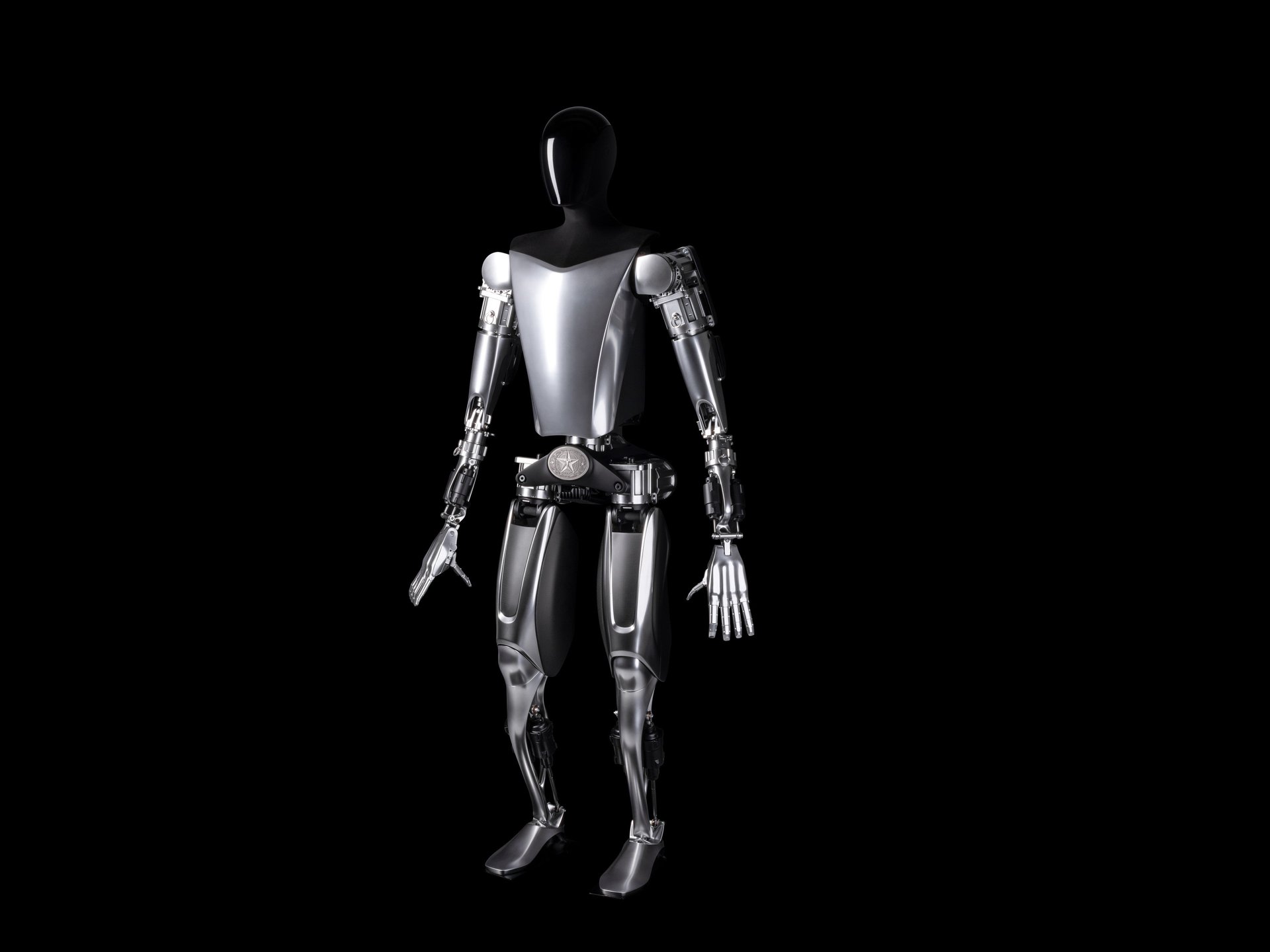Elon Musk says Tesla robots will power the company to a $30 trillion market cap
The most valuable companies in the world are Microsoft and Apple, each worth about $3.25 trillion

As Elon Musk celebrated Tesla shareholders overwhelmingly approving his multibillion-dollar compensation package on Thursday, he unveiled a wild prediction for his company: Eventually, Tesla will be worth $30 trillion.
Suggested Reading
For context, Tesla’s market cap was about $571 billion as of Friday. The most valuable companies in the world are Microsoft and Apple, worth about $3.28 trillion and $3.27 trillion, respectively.
Related Content
So how does Musk plan to make Tesla worth almost 10 times the value of Microsoft and multiply Tesla’s current value more than 52 times over?
It’s all about the robots.
In a scenario described by Musk, the market demand for humanoid robots — such as Tesla’s Optimus — would reach onebillion units per year, with Tesla capturing about 10% of that market. The CEO also reaffirmed that the Optimus robots will eventually be made for less than a car, about $10,000, and priced at between $20,000 and $30,000.
At a $20,000 price tag and 100 million units sold annually, Musk said Tesla could make $1 trillion in profit each year, adding between $20 trillion and $25 trillion to Tesla’s market capitalization. The robots aren’t expected to go on sale until the end of 2025, although Tesla has said there are at least two deployed in its factories.
“We’ll move into limited production next year of Optimus production for use in our factories,” Musk said. “My prediction is next year we’ll have over 1,000 Optimus robots working at Tesla.”
The other $5 trillion would come from a different type of autonomous beast — self-driving vehicles, or robotaxis. Musk provided some details for his vision of an eventual self-driving fleet of Teslas, pitching the idea as a “combination of Airbnb and Uber,” since owners can opt their cars into the service at their leisure. He also reiterated the idea that Tesla owners can make money while they sleep, since Tesla itself would call for the cars to pick up customers of its potential ride-hailing service.
A robotaxi — much less a fully-formed fleet directed by a ride-hailing app — is years away, with the earliest launch expected to happen in 2027, when Tesla launches a next-generation platform.
“We expect Tesla to show a robotaxi concept on Aug. 8 and perhaps an accompanying app, and to reveal more about its expected business model,” JPMorgan analyst Ryan Brinkman said in a Tuesday research note, referring to the announcement date Musk has hyped. “But we do not expect material revenue generation likely for years to come.”
Tesla bull Cathie Wood’s ARK Invest Management on Wednesday released a report that predicted Tesla stock could rise as high as $3,100 per share in 2029. That report — which Musk pointed to on Thursday as the most accurate analysis of Tesla’s future — based 90% of Tesla’s value and earnings on robotaxis.
ARK expects Tesla’s first year of robotaxi commercialization to start in 2025. If a ride-hailing service doesn’t launch by 2029, the firm’s stock projections fall to $350 per share.
